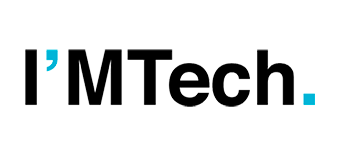Remote electronic voting – a scientific challenge
Although electronic voting machines have begun to appear at polling stations, many technological barriers still hinder the development of these platforms that could enable us to vote remotely via the Internet. The scientific journal, Annals of Telecommunications, dedicated its July-August 2016 issue to this subject. Paul Gibson, a researcher at Télécom SudParis, and guest editor […]

